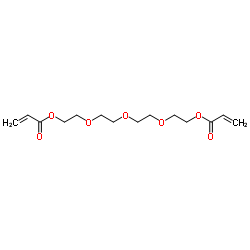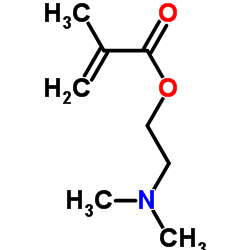| Structure | Name/CAS No. | Articles |
|---|---|---|
 |
butyl acrylate
CAS:141-32-2 |
|
 |
Tetra(ethylene glycol) diacrylate
CAS:17831-71-9 |
|
 |
2-(Dimethylamino)ethyl methacrylate
CAS:2867-47-2 |